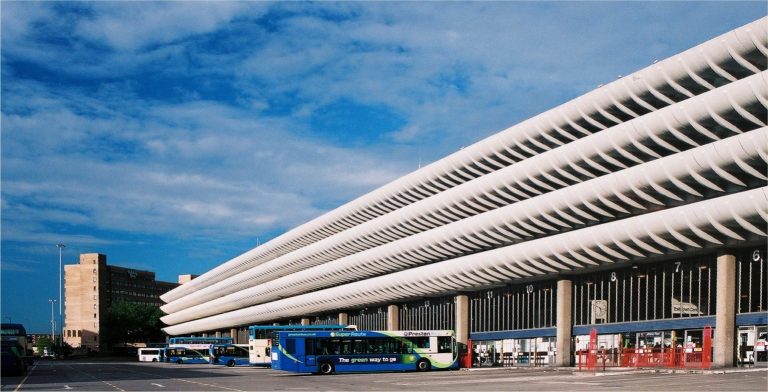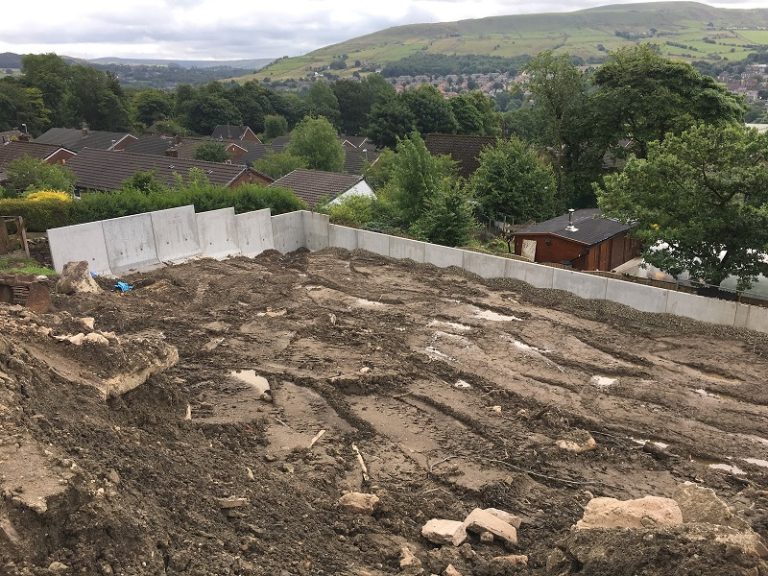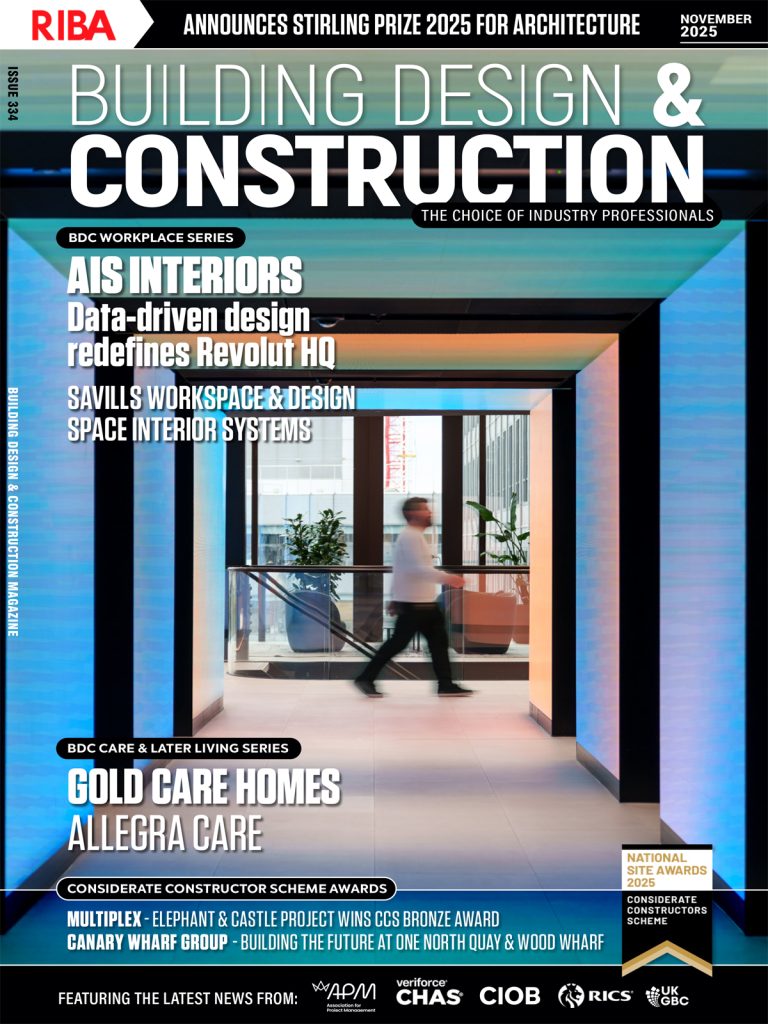JP Concrete has installed the final reinforced concrete barrier for the £23.3 million redevelopment of Preston Bus Station. Completed in time-critical phases to allow the station to remain operational, the work used approximately 33 precast barriers designed and manufactured by JP Concrete. Based on invaluable experience gained during a successful contract at Leicester Bus Station, JP Concrete has been able to share vital information with Engie, the leading regeneration, energy and facilities management company. Initially, this brought about a weight-saving L-shaped barrier – installed during the first phase – that has reduced tonnage by 30%, saving on materials, transport and installation costs. “We have all been under a huge amount of pressure to get the bus station handed over, especially with the first phase being such a learning curve. JP Concrete have been totally prepared throughout, working very hard to help us meet our important deadlines – proving easy to work with alongside our engineers, Westlake’s Consulting and AHR architects, who finalised the design of the East apron,” said Phil Whelan, Design Manager for Engie. “After that tricky first section, the second and third phases have worked like a dream. This is despite having to work around such a big, fully operational bus station with a total of 80 gates prior to the redevelopment. Closing off sections and keeping others open has been very complicated, but JP Concrete know exactly what they are talking about, especially with design, impact requirements – and how elements of the concrete would form a visible, tactile part of the new structure,” added Phil. Aiming to regenerate the best of the original 1969 design, the refurbishment work included the replacement of the lighting and the existing timber rests, while retaining the original rubber floor. Signs will also be updated to reflect the new uses of the building, but with the original style reinstated. On the Preston Guild Hall side of the bus station, the area currently used for bus stands will be developed into a new public space.






